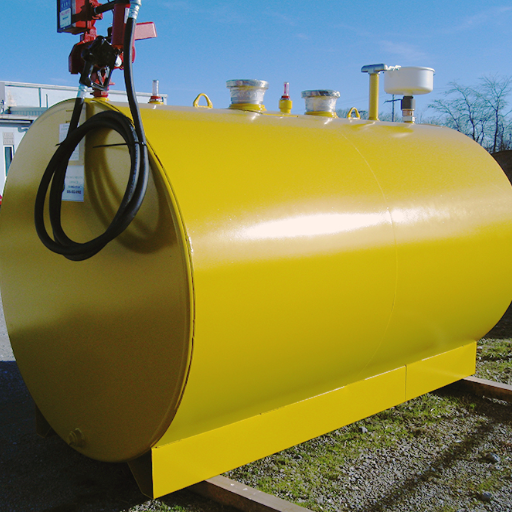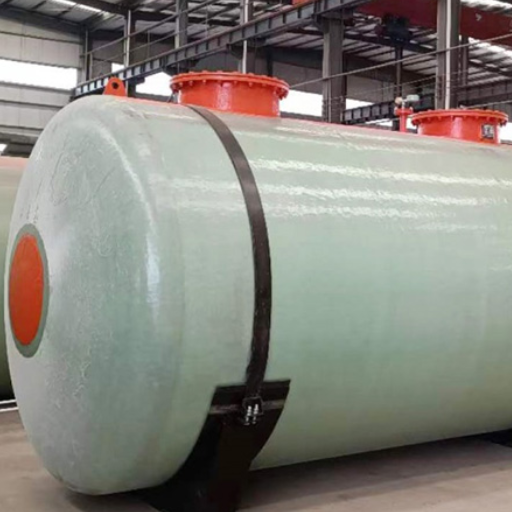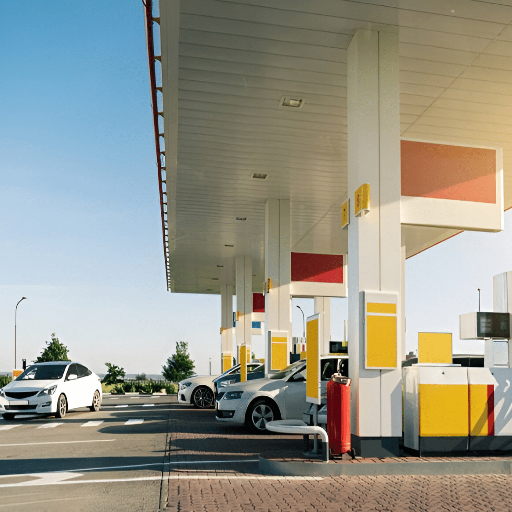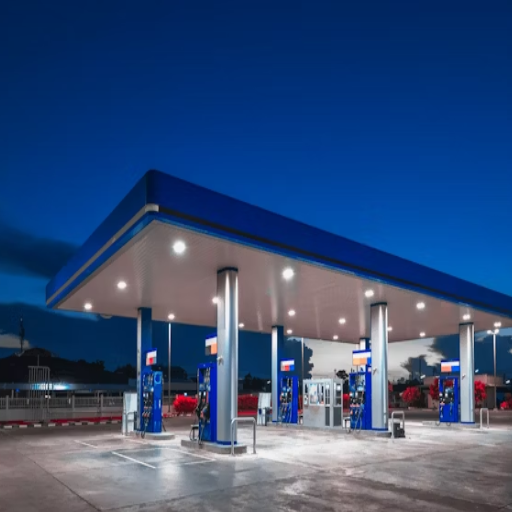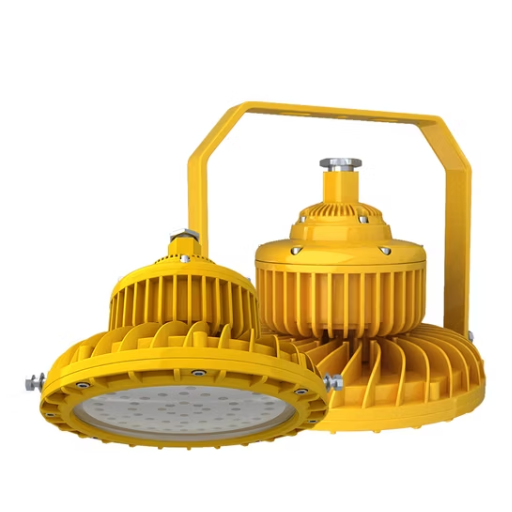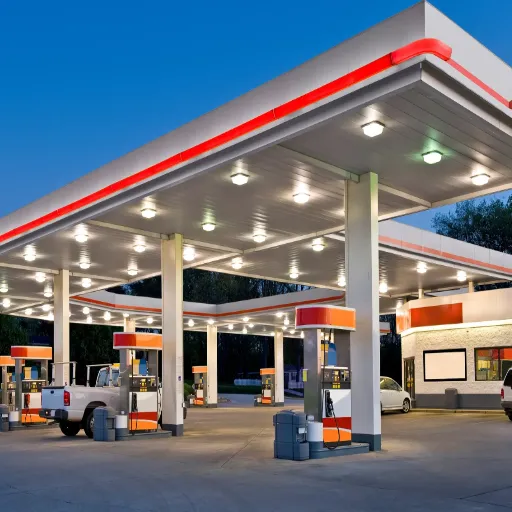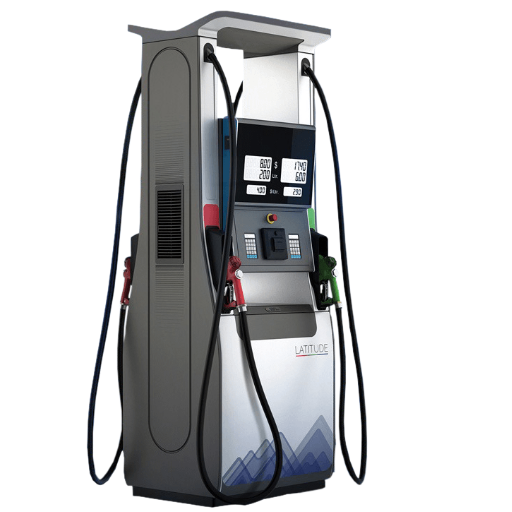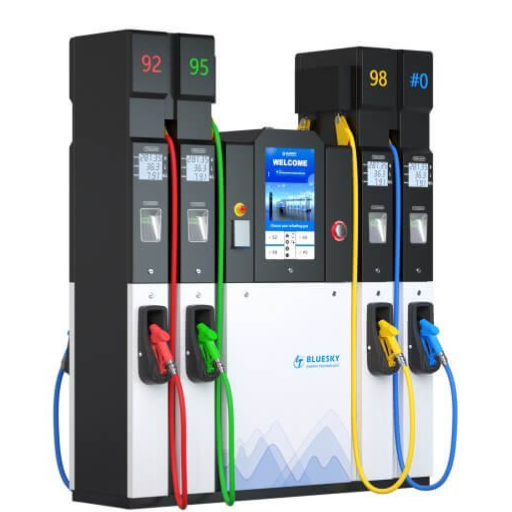Top Fuel Storage Tank Supplier in China
Give your fuel storage a real upgrade with our heavy-duty Fuel Storage Tank. Built tough and meeting global safety rules, these tanks work hard in every industry, from farms to construction sites. Thanks to smart manufacturing and plenty of custom options, each unit runs as efficiently as it should for your unique setup. Rely on gear that puts safety first, stays dependable in the field, and delivers top performance year after year. Contact us now and let a first-class Fuel Storage Tank change the way you store fuel.
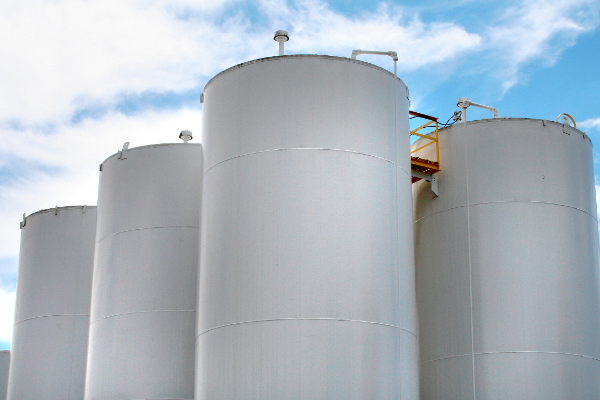
What Are Fuel Storage Tank
Fuel storage tanks are sturdy containers that hold flammable liquids or gases - think gasoline, diesel, or other petroleum products - without letting any of it escape. You'll spot them as aboveground drums and buried vaults, showing up in transportation hubs, farms, and energy plants. Every unit is built to stop leaks, control pressure, and guard people and the environment, using modern materials and innovative design that match government rules.
Functions of our Fuel Storage Tank
Fuel storage tanks safely hold petrol, diesel, or other fuels so they dont leak, burst, or harm the air around us. Because factories, farms, and ships all burn different fuels, these tanks come in many sizes and designs to meet every job.
Safe Containment and Leak Prevention
Fuel storage tanks hold flammable liquids or gases behind tough, leak-proof walls so product stays in and people stay safe.
Pressure Management and Emission Control
Built-in valves keep pressure balanced and capture stray vapors, helping operators meet rules and lessen impacts on air quality.
Versatility for Industrial Applications
From gasoline to diesel, these tanks fit broad industrial tasks, boosting efficiency in transport, farming, power generation, and beyond.
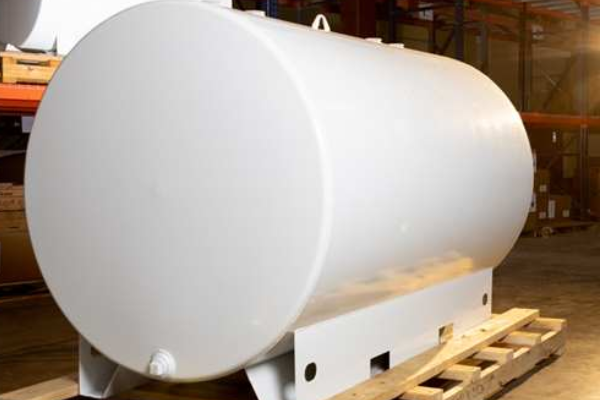
Key Benefits Of Fuel Storage Tank
Fuel Storage Tank keeps flammable fuels safe, boosts day-to-day work, helps companies follow green rules, and serves many sectors- transportation, farming, power-making, and more- with the flexibility every fuel user wants.
Enhanced Safety and Leak Prevention
Fuel storage tanks keep flammable liquids or gases locked away, reducing the chance of leaks, spills, or accidents and protecting workers and the surrounding area.
Environmental Compliance and Sustainability
Built to meet strict rules, modern tanks limit fumes, block contamination, and back up green goals, so companies stay in the good graces of regulators and neighbors alike.
Operational Efficiency and Convenience
Because fuel is kept on-site, these tanks eliminate the need for constant refueling runs and guarantee a steady supply, allowing machines and crews to keep working without costly breaks.
Versatility Across Industries
Whether used for transport, farming, or power production, these tanks can accommodate many fuels and can be tailored to each job, making them a one-stop storage solution for varied businesses.
What are the different types of fuel storage tanks?
- Aboveground and Underground Tanks: Aboveground tanks cost less, are easy to check, and quick to fix. Underground models save yard space and lower explosion odds, yet they need tight leak-watching.
- Floating and Fixed Roof Tanks: Floating-roof tanks curb vapor waste and lower flammable fumes, while fixed-roof units suit low-pressure liquids and simpler storage jobs.
- Bunded and Double-Skin Tanks: Bunded models have a second wall around them to catch spills, and double-skin tanks add a second shell inside for an even better leak guard.
How does a fuel storage tank work?
- Fuel Storage and Safety: Storage tanks hold gasoline, diesel, or other liquid fuels; each tank is built to resist leaks, cut vapor release, and keep fuel where it belongs.
- Fuel Dispensing System: Tube lines link the tanks to dispensers and electric pumps, or, in some cases, gravity forces the fuel into customer vehicles quickly and safely.
- Monitoring and Maintenance: Modern sensors spot leaks, track how much fuel is left, and check airflow so operators meet safety rules and keep the system running smoothly.
Explore Our Fuel Storage Tank For Sale
Double Wall Fuel Storage Tanks
Keep your fuel safe with tough double-wall storage tanks. Each unit has an inner tank and a sturdy outer shell that catches leaks before they reach the ground, giving you peace of mind on every fill-up. Built to withstand sun, rain, and harsh chemicals, these tanks are the wise choice for anyone who needs safe fuel storage day after day.
Sf Double Wall Fuel Storage Tanks
SF double-wall tanks take protection even further, combining heavy-duty steel with lightweight fiberglass. This clever mix blocks corrosion and protects fuel against leaks, keeping the environment and your budget safe. Meeting the most rigid industry rules, these tanks fit into commercial, industrial, or green projects that refuse to cut corners.
Comparison Table For The Fuel Storage Tank Specifications
| Parameter | Description | Specifications |
|---|---|---|
| Volume Capacity | Total fluid storage capacity in the tank. | 150 gallons to 60,000 gallons (standard and customizable). |
| Construction Material | Materials used to build the tank, ensuring durability and functionality. | Carbon Steel, Stainless Steel, or Steel with coatings. |
| Design Standard | Standards that the tank meets for safety and operation. | UL142, EN-12285-1, EN-12285-2. |
| Operating Temperature | Temperature range suitable for operation under normal conditions. | -20°C to 200°C depending on material. |
| Internal Pressure Rating | Maximum internal pressure the tank can withstand during operation. | Varies by design; typical atmospheric or low-pressure tanks. |
| Corrosion Resistance | Features that protect the tank from environmental or chemical degradation. | Cathodic protection, steel coatings, and FRP exteriors. |
| Tank Type | Configuration and usability of the tank for specific needs. | Aboveground or Underground, Single Wall or Double Wall. |
| Connection Sizes | Sizing of inlet, outlet, and auxiliary connections for operations. | Customizable per system requirements. |
| Coating / Lining Options | Internal and external coatings or liners for enhanced performance. | Fireguard®, Flame Shield, epoxy coatings, or FRP lining. |
| Hazardous Area Rating | Ability to withstand and operate in hazardous locations. | Suitable for petroleum, diesel, chemicals, etc. |
Top Applications of Fuel Storage Tank
Oil and Gas Industry
Power Generation
Industrial and Commercial Use
Emergency Backup Systems
Why Choose Our Fuel Storage Tank
-
Cost Efficiency: Buying fuel in bulk lets you lock in better prices, cuts the number of refills you need, and smooths out fuel costs over the long run.
-
Enhanced Safety: Our tanks prevent leaks, reduce evaporation, and meet strict safety rules so that you can store flammable liquids with absolute peace of mind.
-
Customizable Versatility: They work with many fuels and fluids; sizes and extra features can be tweaked for any industrial, commercial, or emergency job.
-
Operational Efficiency: Having on-site tanks speeds up refueling, saves workers time, and keeps machinery running during emergencies or busy seasons.
-
Durability and Compliance: Made from top-grade materials, every tank withstands weather, meets environmental laws, and delivers dependable performance year after year.
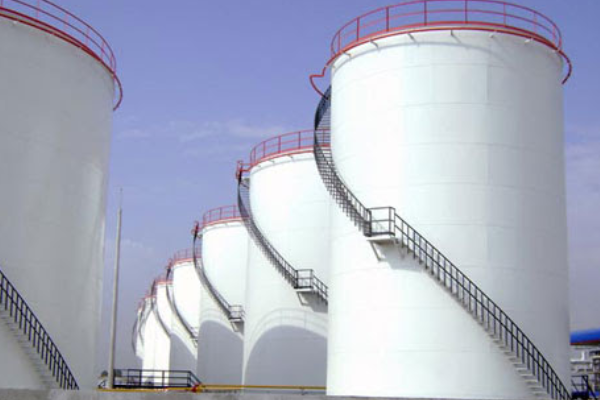
What Our Client Says
Understand from our clients what they say about doing business with us and the unique value addition we provide.
“Fuel tanks have honestly changed the way we work. The fuel stays safe thanks to their rugged build and leak-proof extras, and we save time and cash daily.”

James Carter
Fleet Manager
“You simply can’t beat how dependable these tanks are. They’ve smoothed out our refueling routine, cut downtime, and made our crew run faster and smarter on even the toughest job sites.”

Sophia Martinez
Construction Supervisor
Discover the Power of Fuel Storage Tank

What is a fuel storage tank?
A container designed to store flammable liquids like gasoline or diesel, ensuring safe containment and efficient fuel management.
What are the types of fuel storage tanks?
Fuel storage tanks are categorized as aboveground (AST) or underground (UST), based on their installation location.
Why are fuel storage tanks regulated?
Regulations ensure safety, prevent leaks, and protect the environment from hazardous material contamination.
What materials are used in fuel storage tanks?
Common materials include steel, fiberglass, and concrete, chosen for durability and corrosion resistance.
How do I detect leaks in a fuel storage tank?
Leak detection methods include interstitial monitoring, vapor detection, and regular inspections.
What are the maintenance requirements for fuel storage tanks?
Regular inspections, corrosion protection, and leak detection system checks are essential for compliance and safety.
What is the capacity range of fuel storage tanks?
Fuel storage tanks typically range from 1,000 to 110,000 liters, depending on application needs.
Why choose aboveground over underground tanks?
Aboveground tanks are easier to inspect, maintain, and install, while underground tanks save space and reduce fire risks.
Latest Blog Posts
Maintain Inventiveness by Following The Blog for the Latest Best Practices, Techniques, Innovations, and Insights in the Field.
Fuel dispensers are truly the heart of a gas station, working ceaselessly to serve its customers fast and efficiently. What […]
The real challenge with owning and operating a gas station is comprehending all the details required to make it work. […]
When dealing with industrial and hazardous environments, safety is always paramount. Among the considerations is the type of your lighting: […]
Gas stations are a significant part of everyday life, as they fuel millions and enable the smooth operation of the […]
Every day, we depend on gas stations for fuel, a quick snack, or a car wash to keep us moving. […]
Fueling is within a breathtaking transformation, third by technology and fourth by changes in consumer expectations. No longer mere facilities […]
Fuel dispensing equipment, in a way, really powers industries, transportation, and, indeed, the daily operations that occur across the globe. […]
Fuel management has evolved significantly from manual tracking to the latest technologies, with the automated fuel dispenser at the center […]
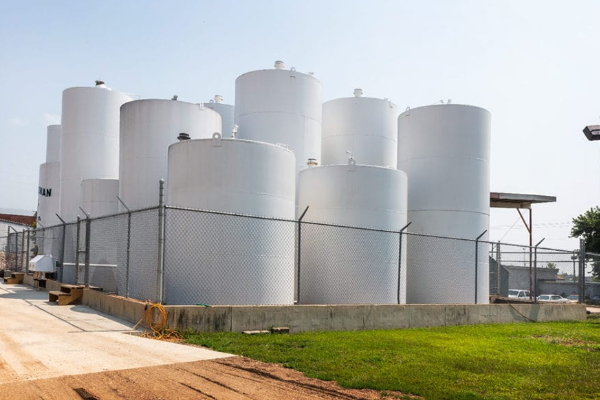
Elevate Your Fuel Storage Safety
Protect your assets and manage fuel wisely with our top-grade storage tanks. Engineered to meet regulatory standards, each unit features built-in leak barriers and options tailored to your operation. Act now; safeguard your fuel and improve efficiency. Reach out to us today and begin the process!
Frequently Ask Questions
Q: What are fuel storage tanks used for?
A: Fuel storage tanks store flammable liquids like gasoline and diesel, ensuring safe containment and efficient distribution for industries like construction, agriculture, and transportation.
Q: What types of fuel storage tanks are available?
A: They are categorized into aboveground (AST) and underground (UST) tanks, depending on their installation location and application needs.
Q: What materials are commonly used to build fuel storage tanks?
A: Steel, fiberglass, and concrete are popular materials due to their durability, corrosion resistance, and compatibility with flammable liquids.
Q: How are fuel storage tanks regulated?
A: They are regulated to ensure leak prevention, environmental protection, and adherence to safety standards like UL-58 and UL-142.
Q: What are the safety features of fuel storage tanks?
A: Features include leak detection systems, corrosion protection, secondary containment, and ventilation mechanisms to minimize risks.
Q: How do I maintain a fuel storage tank?
A: Regular inspections, cleaning, corrosion checks, and upkeep of leak detection systems are essential for safety and compliance.
Q: What capacity do fuel storage tanks offer?
A: Tanks come in various sizes, ranging from 1,000 to 110,000 liters, customizable to industry or operational needs.
Q: Why choose an aboveground tank over an underground one?
A: Aboveground tanks are easier to install, inspect, and maintain, while underground tanks save space and reduce fire risks.

